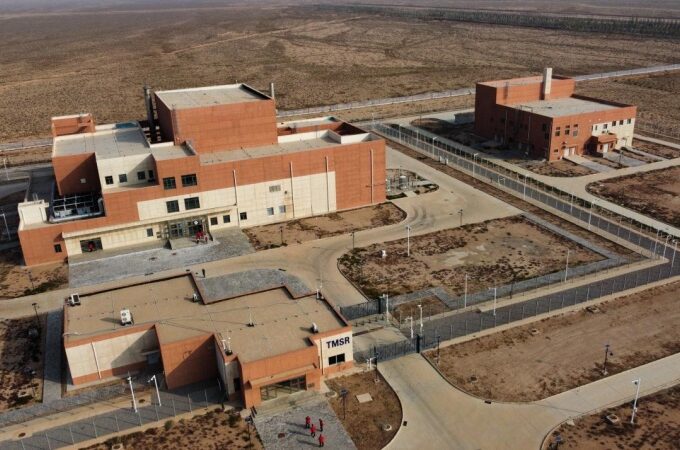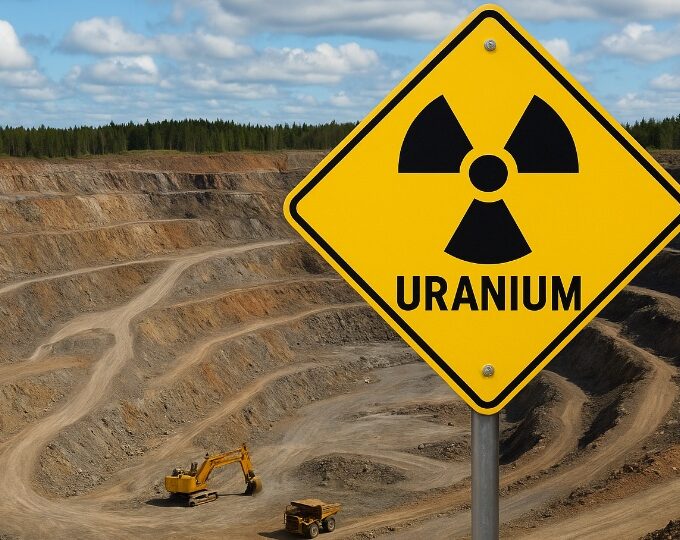International Energy Agency (IEA) data shows AI-run data centers used ~1.5% of global electricity last year, with this figure set to more than double by 2030. Higher energy demand may increase fossil fuel combustion, worsening greenhouse gas emissions, global warming, sea-level rise and extreme weather.
Yet AI is not just an energy consumer—it drives energy efficiency and emission cuts. Scientists explore AI to optimize energy use and reduce pollution, adding smart momentum to global conservation efforts.
Enhancing Building Energy Efficiency
AI adjusts lighting, ventilation, heating and cooling systems using weather and electricity data, boosting building energy efficiency. It optimizes AC and heating during employees’ commute times, outperforming manual adjustments (employees often overuse AC when hurrying to change temperatures). Automated temperature control works well for small buildings, where full HVAC upgrades are costly.
Automated ventilation balances fresh air intake and indoor temperature to avoid excess energy use. AI also monitors HVAC equipment, predicts faults and enables timely repairs, cutting high repair costs. Experts say these measures can lower building energy use by 10%-30%.
Optimizing Energy Distribution
Per IEEE’s website, AI-powered smart grids optimize energy distribution, reducing waste. Machine learning improves renewable tech like solar panels and wind turbines.
AI creates efficient charging plans for EVs and smartphones—nighttime brings lower demand, better rates and less fossil fuel-based power. It also helps solar-equipped households store surplus electricity in batteries for smart green energy use.
Reducing Methane Emissions
Methane, a potent greenhouse gas, makes up ~30% of warming-causing gases. UNEP calls cutting methane emissions a fast way to avoid severe climate impacts.
Boston’s Geminus AI uses deep learning to help oil and gas firms reduce methane flaring/emissions and lower extraction/refining energy use. CEO Greg Fallon says its tech monitors wellheads and pipelines, uses AI simulations to adjust compressors/pumps (preventing methane issues in seconds). Traditionally, engineers took ~36 hours for similar work. Fallon notes industry-wide adoption could cut emissions significantly.

Exploring Geothermal Resources
Geothermal power uses Earth’s heat to make steam and generate electricity, gaining global attention. U.S. startup Zanskar’s AI model analyzes underground structures to find overlooked geothermal hotspots.
Last year, Zanskar bought an underperforming New Mexico geothermal plant. AI helped identify an undeveloped reservoir, set to restore power. Despite experts deeming a Nevada site too cold for large-scale power, Zanskar drilled there in September last year and found geothermal resources.
Cutting Transportation Pollution
Google uses AI and Maps data to optimize traffic light timing, improving vehicle flow and reducing pollution. Launched in 2023, its “Green Light Project” operates in 20 cities across four continents.
Cities like Boston get AI-based traffic light tips, with local engineers deciding implementation. Google says the project cuts stop-and-go traffic by 30% and pollutant emissions by 10%, improving urban air quality.AI proves vital in global climate action. As tech advances, its role in sustainable energy and emission cuts will grow.










